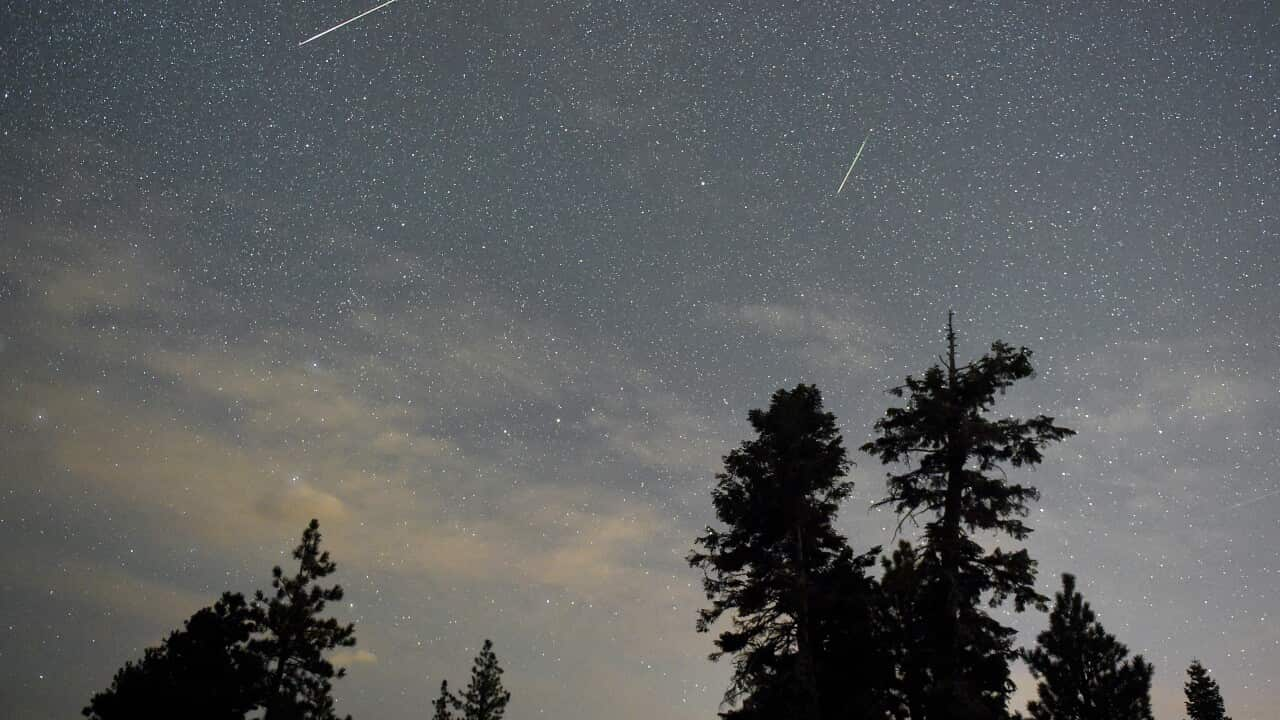The Taurid meteor shower will soar through Australian skies on Monday night, into the early hours of Tuesday morning.
The shower occurs over a few weeks, but it’ll peak this evening.
The Taurids are known for producing bright, slower fireballs in a longer-lasting meteor shower.
Here’s what you need to know about watching the Taurid meteor shower.
What is the Taurid meteor shower and what can I expect?
Every September to November, the southern hemisphere is treated to the Taurid meteor showers.
There’s also one in the northern hemisphere, which is active from October to December, and will peak next week on 12 November.
The Southern Taurid will peak on Monday night and early Tuesday morning.
The Taurids are bright fireballs. They’re different to regular meteors in that they’re brighter and a lot bigger, with some over one metre wide.
While you might not see as many meteors as some other showers, the ones you do see will generally last longer, making them a photographer’s dream.
The Southern Taurid is caused by Comet Encke, which orbits the sun and leaves behind a stream of debris, which transforms into stunning fireballs.
Encke was once part of a bigger comet that broke up 20,000 years ago.
Under dark skies with little to no moon, you could expect to see about five meteors per hour.
When and how can I watch the Taurids?
The Taurid meteor shower will be best in our skies on Monday night and early Tuesday morning.
In good news, it’ll also be viewable in all Australian states and territories.
If you can stay up, you’ll catch the best views from 1am to 3am on Tuesday. But if that’s past your bedtime, you might also be able to see some meteors from 9pm.
The moon will be a slim crescent on Monday night, making for darker skies and better visibility.
To aid your meteor viewing, try to find a spot with a clear view of the sky, ideally away from any bright lights or the city.










